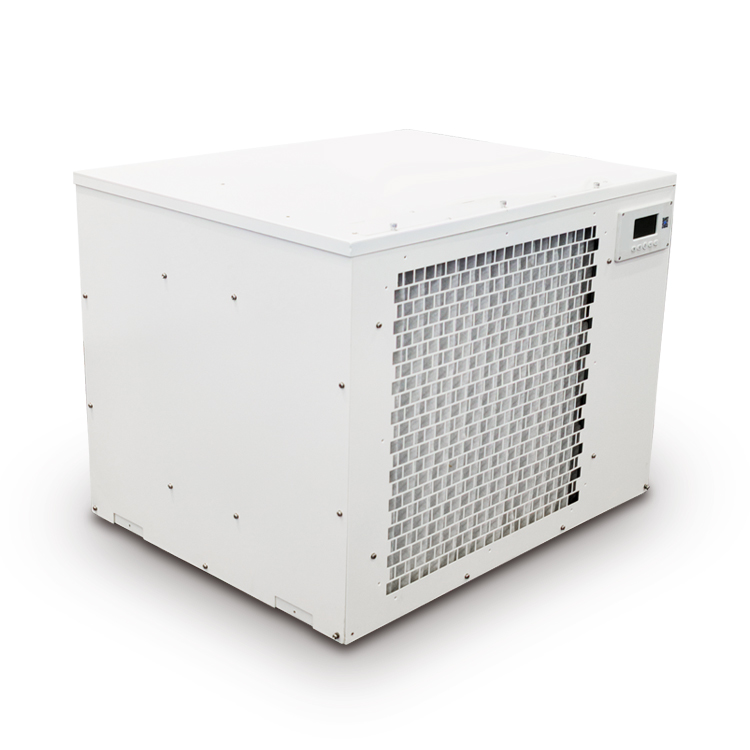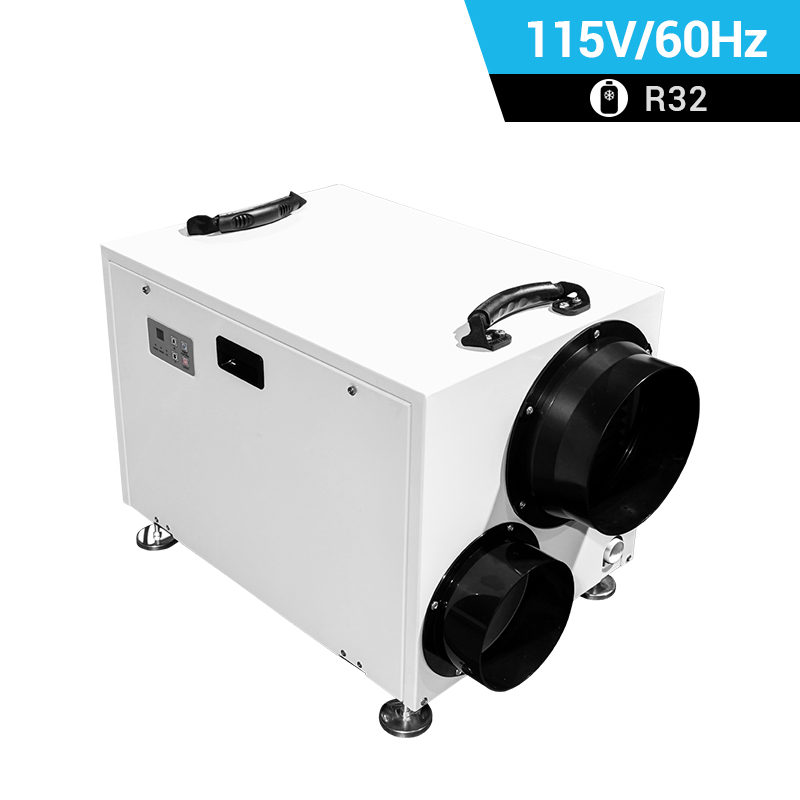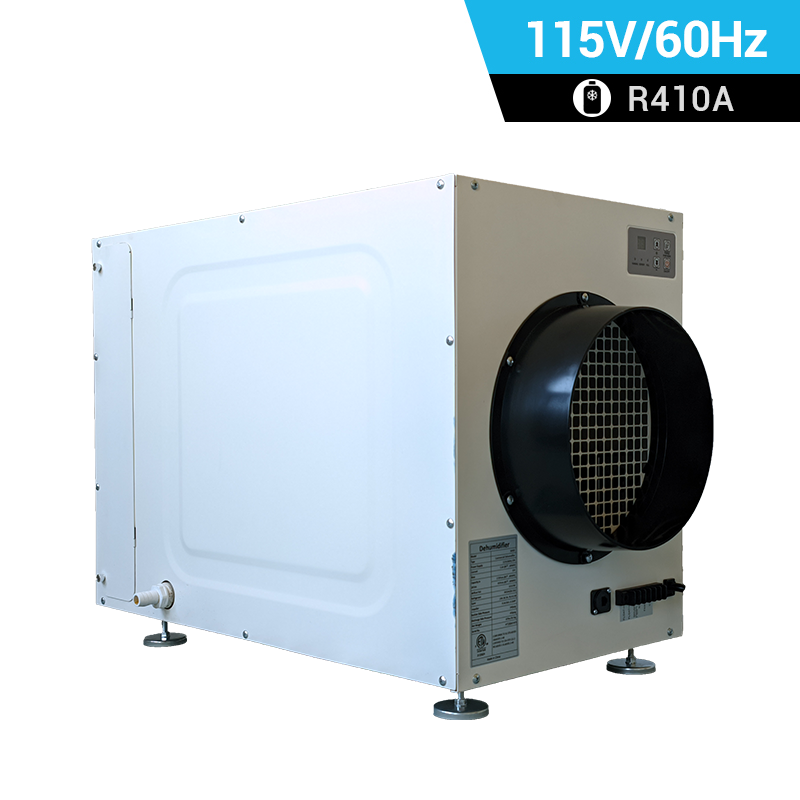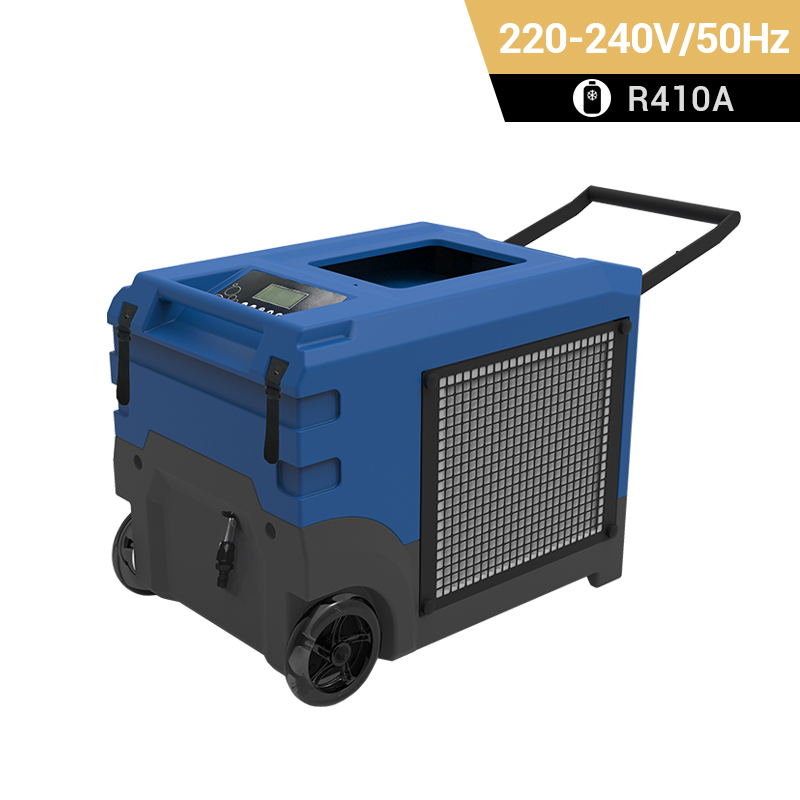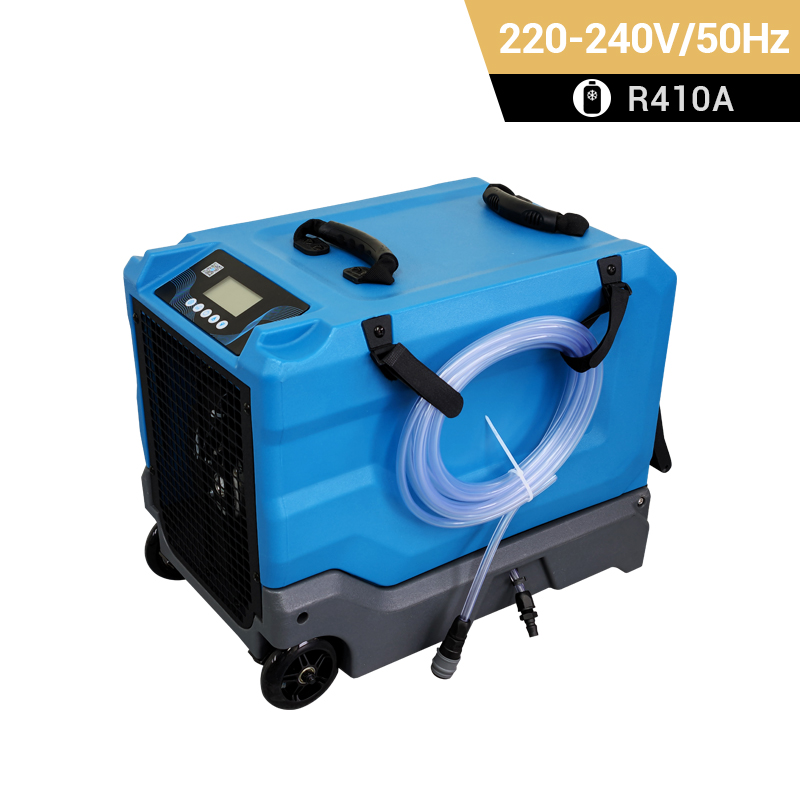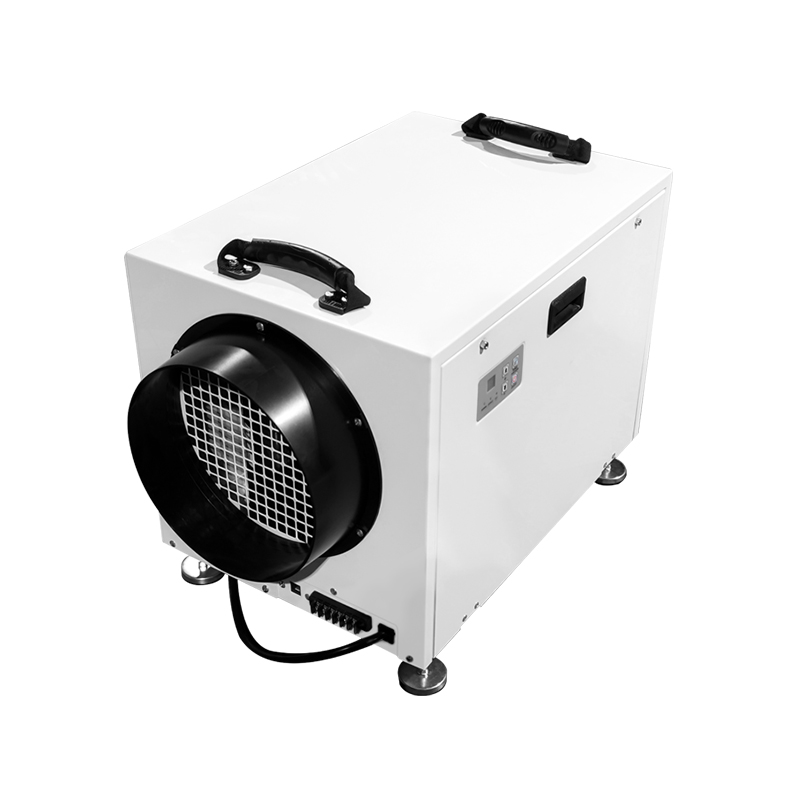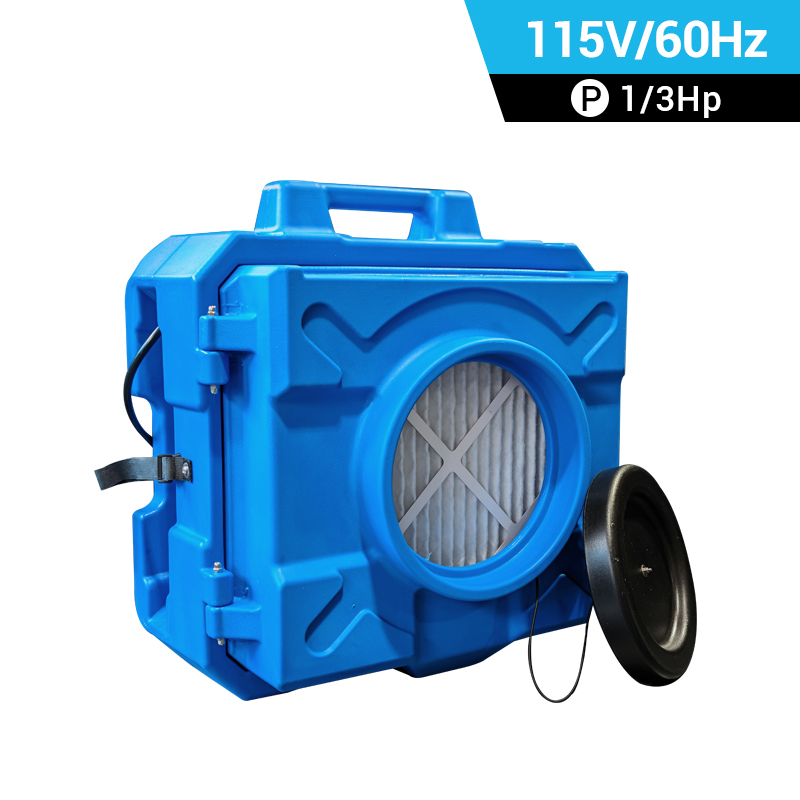 +86-13376814803
+86-13376814803  robert@hzhongtai.com
robert@hzhongtai.com
Dehumidifier For Crawl Space Under House
How do I dehumidify the crawl space under my house?
Dehumidifying the crawl space under your house is an important step in preventing moisture-related issues and maintaining a healthy environment. Here's a general guide on how to dehumidify a crawl space:
Identify Moisture Sources:
Inspect the crawl space for any sources of moisture, such as water seepage, leaks, or condensation. Addressing these issues is crucial before starting the dehumidification process to prevent ongoing moisture problems.
Improve Drainage:
Ensure that the crawl space has proper drainage to prevent water accumulation. Clear away any debris, ensure that gutters and downspouts are functioning properly, and consider installing a sump pump or French drain system if necessary.
Encapsulate the Crawl Space:
Crawl space encapsulation involves sealing the crawl space to create a moisture barrier between the ground and the crawl space. This helps to prevent moisture intrusion and control humidity levels. The encapsulation process typically involves sealing vents, installing a vapor barrier on the crawl space floor and walls, and insulating the crawl space if needed.
Install a Crawl Space Dehumidifier:
A crawl space dehumidifier is specifically designed to operate in the unique conditions of a crawl space. Select an energy saving dehumidifier with an appropriate capacity for your crawl space size and consider features such as automatic humidity control and drainage options. Install the dehumidifier according to the instructions of the dehumidifier manufacturer, ideally in a central location for optimal air circulation.
Provide Adequate Ventilation:
Proper ventilation in the crawl space is important to ensure air circulation and reduce moisture buildup. If your crawl space has vents, ensure they are open and unobstructed. However, in some cases, it may be beneficial to seal the crawl space vents as part of encapsulation to prevent excess moisture from entering.
Monitor and Maintain:
Regularly monitor the humidity levels in the crawl space using a hygrometer or moisture meter. Aim for a target humidity level typically between 30% and 50%. Adjust the dehumidifier settings as needed to maintain the desired humidity level. Check and clean the dehumidifier filters regularly to ensure optimal performance.
Address Plumbing and HVAC Leaks:
Inspect the crawl space for any plumbing or HVAC system leaks. Fix any leaks promptly to prevent additional moisture from entering the crawl space.
Professional Assistance:
If you are unsure about the best approach or need help with crawl space encapsulation or dehumidification, consider consulting professionals who specialize in crawl space services. They can assess your specific crawl space conditions, recommend appropriate solutions, and ensure proper installation and maintenance.
It's important to note that the specific steps and requirements may vary depending on the specific characteristics of your crawl space and local building codes. Consulting with professionals or experts in crawl space encapsulation and dehumidification will provide tailored advice based on your unique situation.
Related Products




